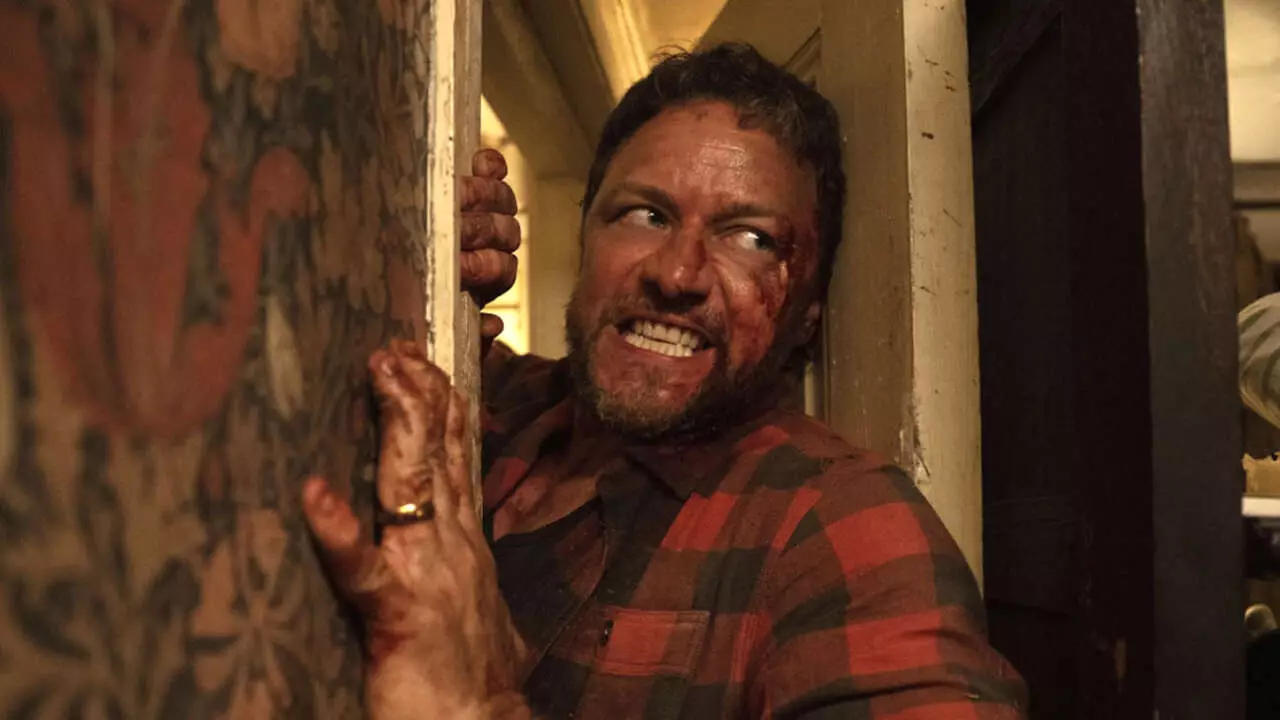Last week, the American adaptation of the Danish horror film Speak No Evil premiered in cinemas, generating a modest response from audiences. With a box office take nearing its meager budget, the film’s financial outcomes signify a faint success despite lacking a resounding impact. The remake’s earnings, standing at approximately $24 million globally, starkly contrast with the original’s underwhelming performance of just $631,249. This disparity illustrates differing cultural appetites for horror cinema across the Atlantic, as well as distinct expectations of storytelling narratives.
Christian Tafdrup, who both directed and co-wrote the original 2022 film, did not mince words when approached about the remake, expressing dissatisfaction with key choices made, particularly concerning the film’s ending. In a candid interview on the Danish radio show Kulturen, Tafdrup unpacked his apprehensions about the American version’s approach, specifically its resolution. He lamented the cultural inclination towards “heroic tales” in American storytelling, implying that filmmakers mold narratives to conform to this archetype rather than exploring the darker, more unsettling aspects of human experience.
Tafdrup pointedly remarked, “I don’t know what it is about Americans, but they are brought up for a heroic tale.” This statement captures the essence of a broader cultural phenomenon where narratives are often required to satisfy audience expectations for a triumph-over-evil finale. The director believes that this tendency leads to a dilution of thematic depth, arguing that his original work explored human fragility and moral ambiguity more thoroughly. In his eyes, the American remake’s conclusion, which hints at a more positive resolution, compromises the narrative’s “dangerous” edge. The stark contrast emphasizes differing cultural sensibilities in articulating horror and dread.
Despite Tafdrup’s critiques, it’s important to consider the blueprint upon which James Watkins, the director of the American version, constructed his film. Catering to an audience that craves resolution and justice, Watkins created an ending that aligns with the prevailing narrative structures familiar to American viewers. This choice not only reflects the filmmaker’s intent but also underscores a broader marketing strategy that prioritizes audience engagement over artistic fidelity to the original’s vision.
The distinct reactions surrounding Speak No Evil underscore a fundamental cultural divide in storytelling. While the original film’s harsher ending resonates strongly with audiences who appreciate artistic risk and discomfort, the American remake embraces a storyline that aims to satisfy a more conventional sense of justice. As both films continue to live side by side, their divergence highlights the rich tapestry of horror cinema, where different visions can coexist, each fulfilling separate narrative needs and exploring various dimensions of the human experience.

